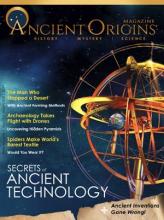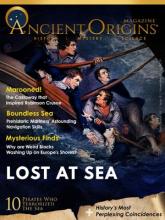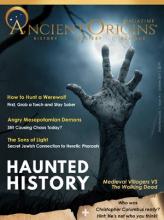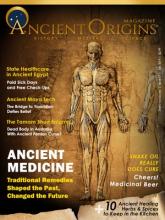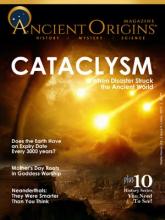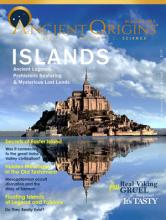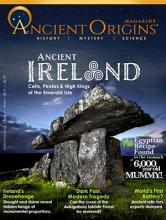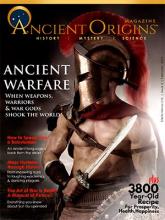As the world looks on with shock and horror while Australia is ravaged by fires, we are reminded that at times our modern technology is simply not enough. From infrared sensors to satellites, drones, waterbombing planes, navy vessels, and thousands of firefighting tools at our disposal, nothing but Mother Nature, it seems, has the power to bring the fires to a close. So how did ancient people survive such disasters without technology to aid them? The truth is they did have technology, albeit in a different form. For tens of thousands of years, the indigenous people of Australia applied advanced land management techniques to create fire-resilient landscapes.
Today, sophisticated knowledge of the ancients is fading into obscurity as modern tech takes over, but in some parts of the world, it is being revived and used to solve present-day problems. Aztec floating gardens are being utilized in Mexico to achieve sustainable farming; in Iran, ancient Nashtifan windmills harness strong winds to grind grains, and in West Africa, one man even stopped a desert using centuries-old agricultural techniques.
Modern tech is now emerging as a powerful tool in the discovery, investigation, and preservation of ancient sites. Nowhere has this become more apparent than in Peru, where drones have been used to map more than 600 archaeological sites across the country. We talk to the COO of a drone technology company that is playing a key role in that process.
In this issue, we consider the advanced age-old wisdom that was used to solve everyday problems, while highlighting some awesome ancient inventions that changed our world forever, like paper, printing, wheels, rockets, and even forks, as well as surprising ancient tech that is just down-right cool, like solar-powered laser beams, spider-woven cloaks, and chess-playing mechanical robots!
Just as we still grapple with machinery and computers today, our forebears, too, had to wrestle with uncooperative technology. For one particular medieval inventor, more than just his ego was hurt when his alchemically-enhanced flying machine failed to perform for the king! If only parachutes had been invented!
The twists and turns of such advances and setbacks are played out in the surprisingly ancient game of Snakes and Ladders. It may have been only a childhood game for you, but it is full of hidden messages.
In viewing the long history of humanity, we come to realize that we have actually never been without technology. The ancients weren’t technophobes or Luddites; quite the contrary. They enthusiastically harnessed tech to make their lives better (or at least more interesting!)




